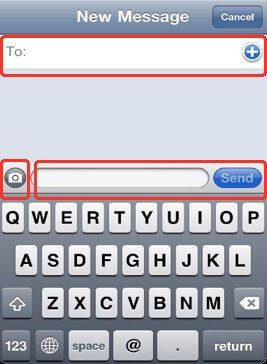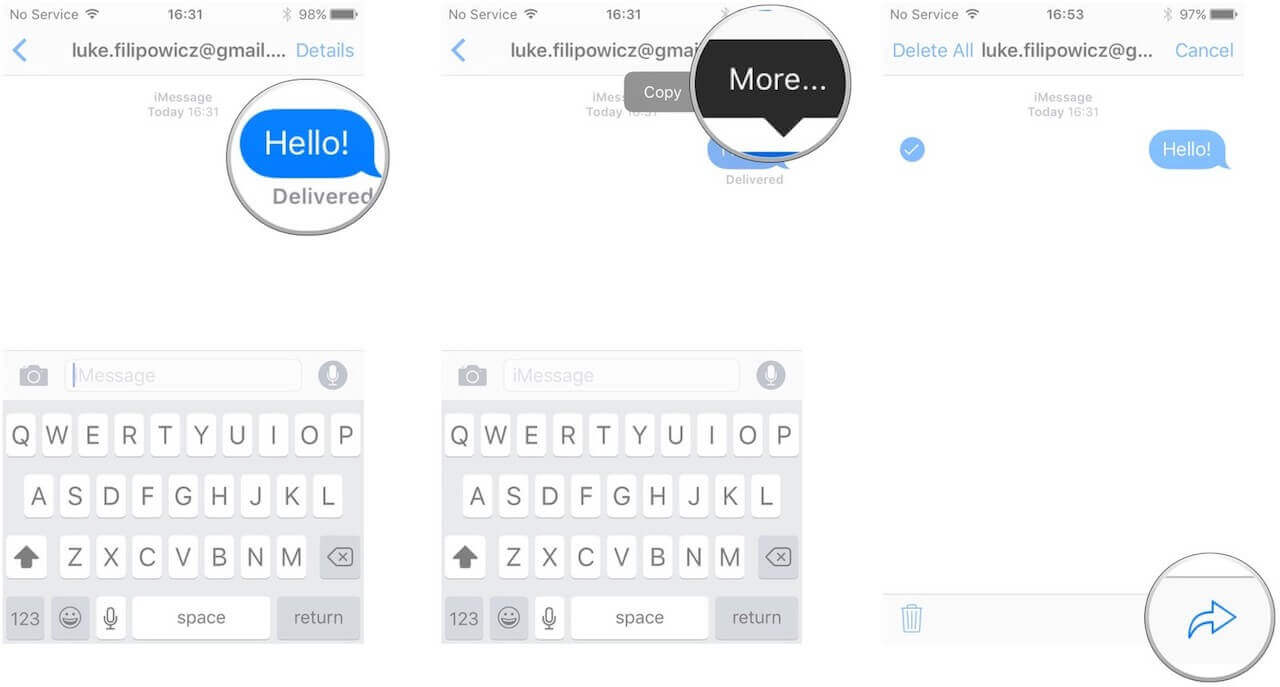Mobile smartphones are an increasingly important part of many people’s everyday lives; with one of the most prominent groups of people being teens. This age demographic loves the simplicity of texting, and many favor it over talking.
As such, it’s no coincidence that when people think about texting, they think about younger generations. What you may not realize, though, is that the 45 to 65-year-old age group is the fastest growing demographic of “texters.” Albeit surprising at first, there are many reasons this group is quickly taking to mobile phones.
Unique Benefits for Adults 50+
When you take the time to reach out to someone, you want a response. Whether you need an answer to an important question or you simply want to share a beautiful photo you’ve taken, a timely response is always appreciated, if not paramount.
With texting, also called short message service (SMS) messaging, you can almost always expect a quick reply. Every day in the United States, 6 billion texts are sent, with an average response time of ninety seconds. Although there are many reasons for a decreased response time, increased convenience is one of the most important.
Voice calls can be inconvenient, and people don’t always check their email. Texts, on the other hand, display easy-to-view pop-up messages that can be responded to promptly and discreetly.
In addition to providing a level of privacy for the receiver, texts also help the sender. In the event you find yourself in a crowded space, like the grocery store, you can send a message without disturbing the people around you. Also, if your communication contains sensitive information, you don’t have to run the risk of people around you overhearing.
Texting also provides a written ledger that you can reference as needed. It’s easy to forget what you’ve agreed upon in the past, like what time you’re supposed to meet a family member for lunch.
Every time this happens, it’s embarrassing to reach out to the family member again for clarification. Instead, if you’ve conversed with them over mobile messaging, you can look back over your conversation and remember the time of your commitment.
Your First Text
Nearly everyone with a modern cell phone can use their device to send a text. Another possibility is using a multimedia messaging service (MMS), which allows you to send photos, audio and other multimedia pieces of content via text.
Before you send your first message, you may want to call your cell phone’s wireless provider. Ask them the message limit for texts as well as the cost for text messaging on your plan. Generally, texts are limited to 160 characters, including spaces. Every time you try and send something longer, it’s split up into multiple messages, which are delivered separately.
Often, you’ll want to keep your texts shorter than 160 characters. Since texting is designed to be a short form and quick type of communication, you don’t want to send texts that require a lot of reading or response time. If you feel your message can’t be shortened, it is likely a conversation that needs to take place over the phone or during an in-person conversation.
Texts often cost less than $0.25 per message if you’re not roaming or sending internationally. For some people, this is a justifiable cost. For others, it’s way too high based off the number on texts they send each month. You will want to speak with your carrier and see if they have texting plans you can add to your account to save money overall.
Some people find that they don’t want to pay for text messages or a plan that supports them. If this is the case for you, keep in mind that you don’t have to write off SMS messaging. There are mobile phone applications for seniors, like WhatsApp, that provide fast, secure messaging offerings for little to no cost.
After you’ve sorted out the financial aspect and picked a plan that works for you, you can get to sending your first text. Although all phones are slightly different, many offer a main menu with a “Messages,” “Messaging” or “Text Messages” option.
Once you open the application, you can choose something like “Compose,” “New Message” or “Write Message.” Sometimes, this icon is a “+” sign or an icon that looks like a pen with a paper.
In the “To” file, you’ll want to enter the number or contact name of the person you’re trying to connect with. You will only be able to add their name if their contact is already saved in your address book.
Once the contact is selected, you can start to type your message. Sometimes, you need to click into the area below the contact’s name to compose your text. Type your message, and then hit “Send” when it’s complete. You may also insert multimedia, like a photo or video, into the message, often by clicking an “Insert” button.
Sending texts varies from phone to phone. To find specific information on your phone, reference the user manual or search for it online. There may also be a YouTube tutorial that’s designed for your phone that outlines the texting process.
Replying to Texts and Forwarding Messages
In addition to sending texts, you’ll be receiving messages. SMS messages most commonly display on your phone’s screen when they’re delivered.
To respond, click on the text, and type in the text field. Again, you can search the internet or your phone’s manual for a more specific guide that is designed specifically for your device.
To forward a message, you have a few options. The first choice is to copy and paste the message into another text. To do this, you hold your finger over the message until a “Copy” option comes up. After it’s selected, you exit out of the message, compose a new message and hold your finger in the text field until “Paste” populates.
Another forwarding option is to tap and hold the message you want to forward until a “Forward” option comes up. You may also hold the text until “Options” pops up and then navigate to “Forward.”
After this is selected, you should be able to easily send the message to another contact.
How Does It Work, Anyway?
To really understand SMS messaging, it’s important to know how it works, not just how it’s done. A great way to learn how a text message works is to first think about a radio. When you change your radio to a station, the information you hear is thanks to electromagnetic waves that are transmitted at a specific frequency.
In the case of radio, the electromagnetic waves are radio waves. Like a radio, your mobile phone receives signals at certain frequencies, but it can also transmit back its own waves to a network.
A network is simply the system of towers, antenna and transmitters that span a geographic area. Each system has its own area, called cells. When you are near a cell, you operate off its network. When you’re too far from nearby cells, you’re outside of network coverage.
When you’re in a cell’s coverage area, and someone sends you a text, their phone transmits radio signals which conveys the identity of both phones. These waves also contain the content of their message. The signal is picked up by a nearby tower, which then converts the radio waves into a digital electrical impulse. This impulse is then sent to something called a mobile switch center.
If the network can’t locate you, the message is stored by the mobile switch center until you can be found. Otherwise, the network identifies the tower you’re nearest to and passes the signal along.
The tower closest to you then converts the transmission back into a signal that’s friendly to the antenna in your phone. At this point, your phone displays the message. These multiple steps sound complicated and time-consuming, but they all take place in mere seconds.
It’s Not All Positive
Texting is a simple, fast and effective way to communicate.
As such, longer or deeper topics that take time to discuss are really not suitable for the messaging platform. Although you can do a lot with a text, it does have its limits.
Another important thing to keep in mind about SMS messaging is that it can be dangerous. Due to its general ease, many people think that they can text while they drive. Unfortunately, texting and driving is a recipe for disaster that should be avoided at all times.
A Final Note
It may seem that a mobile phone is just for teens, but this is far from the case. Today’s older generations are quickly taking to texting, and for good reasons.
Not only is texting convenient, but it’s often more effective and receives shorter response times than calling, emailing and other more traditional forms of communication.
Sure, it doesn’t work for every type of conversation, but you may be surprised for how many discussions can benefit from this new technology.




